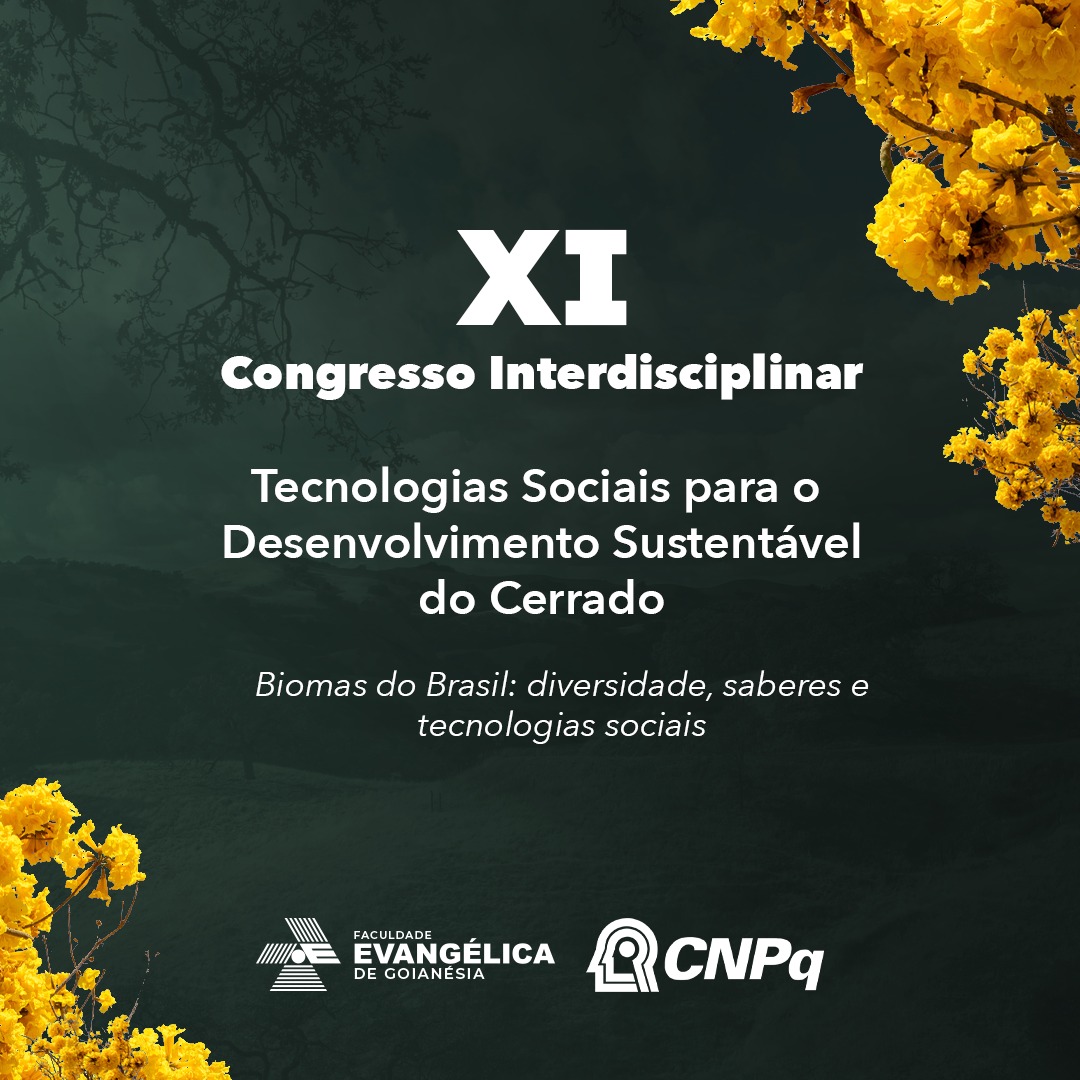Arbuscular Mycorrhiza in Brazilian Tropical Savannas
Palavras-chave:
sugarcane, mycorrhizal fungi, straw removal, bioinputsResumo
This study investigated the effect of sugarcane (Saccharum officinarum L.) straw removal on soil microbiological characteristics in areas under different irrigation systems (sprinkler, pivot, and rainfed) in the region of Goianésia, Goiás. The practice of straw removal, commonly used for energy production, can affect soil biodiversity, nutrient availability, and microbial activity. Areas with 1- and 2-year straw removal were analyzed, along with areas without straw removal, evaluating parameters such as the density of arbuscular mycorrhizal fungi (AMF) spores, mycorrhizal colonization, and soil nutrient availability.
The results indicated that AMF spore density was higher in areas with two years of straw removal, suggesting that this practice may influence environmental conditions, stimulating spore production as a resistance mechanism. Straw removal also impacted the availability of nutrients such as potassium and calcium, which are essential for the development of microorganisms and plants. Additionally, the presence of plant growth-promoting organisms, such as Trichoderma spp. and bacteria from the Bacillus genus, contributed to maintaining agricultural productivity, even under stress conditions caused by straw removal.
It is concluded that straw removal for energy production promotes biological and chemical changes in the soil; however, sustainable management practices, such as the use of bioinputs, can mitigate the negative impacts and maintain crop productivity.
Publicado
Edição
Seção
Licença
Copyright (c) 2024 Congresso Interdisciplinar - ISSN: 2595-7732

Este trabalho está licenciado sob uma licença Creative Commons Attribution-NonCommercial-NoDerivatives 4.0 International License.

